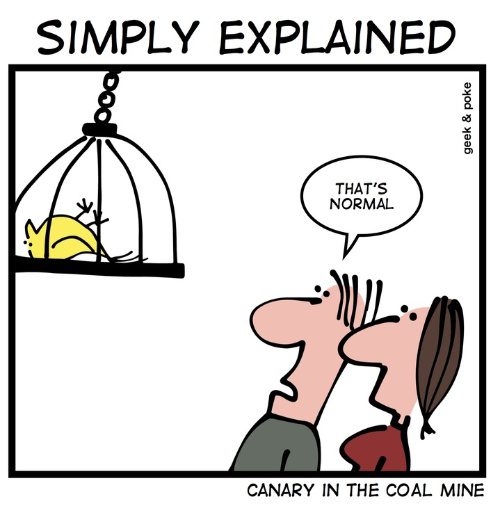I, myself, am one of the ones who has tinkered extensively with the use of phosphate removers on the forum. I, too, can say that I have seen benefits from using a phosphate remover in our pool. In the past, I’ve reduced phosphates in our water and noticed that the water was less "reactive" to algae. In addition, I personally noticed a reduced amount of chlorine used when our phosphates were low... but there's a catch!
I'm a train wreck!
Between a full-time job, helping run/maintain a larger website, building an app, high school band, softball, dance, Little Flowers, cheer, and lord knows what else I do as a father of 3 daughters, maintaining a pool consistently was rather difficult for me. Before I utilized phosphate removers, I commonly dealt with algae because my FC frequently dropped below the suggested levels—just like yours is now. When this happened, I personally found myself dealing with algae rather quickly. To combat this, I would often attempt to "run hot" and maintain a level well above the target levels to ensure my FC never dropped below the minimum. In fairness, this did help as the number of times my FC dropped below the minimum was reduced. However, if/when I slipped at all, I would be facing algae rather quickly. Additionally, I found that the amount of chlorine I was burning through each day was rather high.
Once I started utilizing a phosphate remover, I found that the water wasn't as "reactive," and if/when I allowed my FC to drop too low, I had a bit of wiggle room to recover. It provided a safety net for me, so when my FC dropped too low—like yours is now—I could act and add chlorine before the algae took hold. Additionally, after I reduced my phosphate levels, I found myself using less chlorine than before, often seeing far less than 2 ppm FC loss per day during the hot summer months.
Long story shot.........
This nailed it! Even with very low phosphate levels, you're in a danger zone for algae. Get that chlorine level up and keep it there. Don’t look at phosphate removers as a magic potion—use them only as a safety net for times when you slip (or your testing is inaccurate) and your chlorine levels drop below the minimum.


